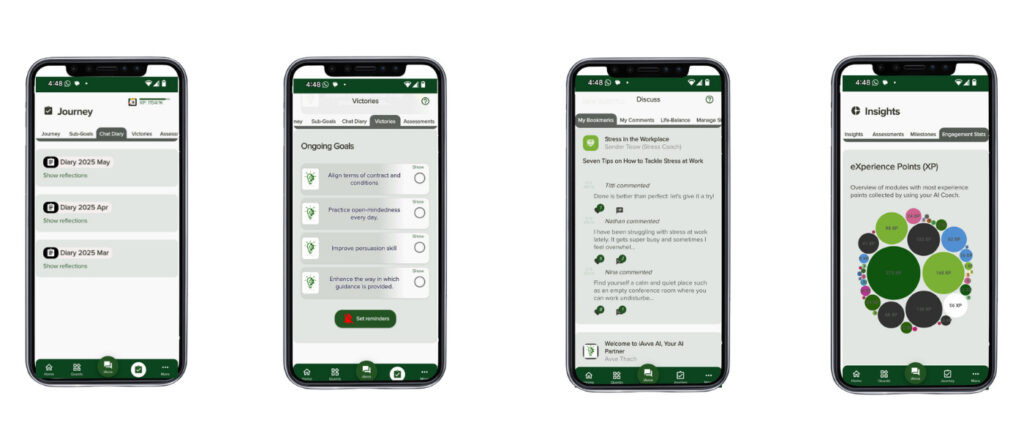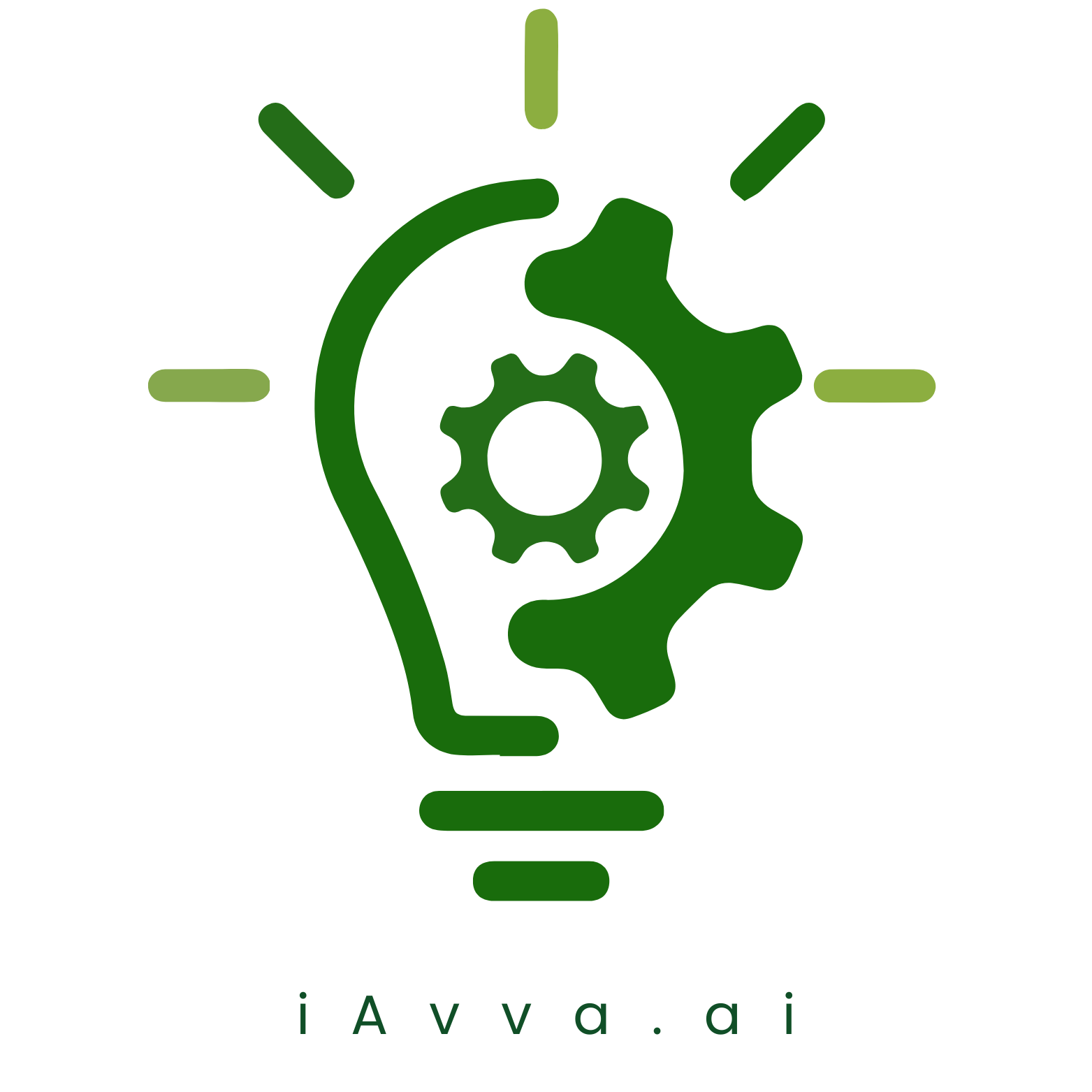Nvidia’s GPU Cloud Service is a powerful platform designed to accelerate research and development in various fields, particularly in artificial intelligence (AI) and machine learning. This service provides access to high-performance computing resources that can significantly enhance the capabilities of in-house research teams. With the growing demand for advanced computational power, Nvidia’s GPU Cloud Service stands out as a solution that can meet the needs of organizations looking to innovate and stay competitive.
By leveraging this service, companies can streamline their R&D processes, reduce time-to-market, and ultimately drive better business outcomes. The introduction of Nvidia’s GPU Cloud Service marks a significant shift in how organizations approach their research and development efforts. With the ability to access cutting-edge GPU technology on-demand, teams can focus on their core competencies without the burden of managing complex hardware infrastructure.
This flexibility allows for rapid experimentation and iteration, which is crucial in today’s fast-paced technological landscape. As organizations increasingly recognize the importance of AI and machine learning, Nvidia’s GPU Cloud Service emerges as a vital tool for fostering innovation and driving growth. Download iAvva AI https://iavva.my-ai.
Key Takeaways
- Nvidia’s GPU Cloud Service provides a platform for researchers and developers to access a wide range of GPU-optimized software and tools for their in-house R&D projects.
- Using Nvidia’s GPU Cloud Service can lead to faster development cycles, improved productivity, and reduced time-to-market for in-house R&D teams.
- Nvidia’s GPU Cloud Service supports machine learning and AI development by providing access to a variety of deep learning frameworks, libraries, and pre-trained models.
- Security and privacy considerations for using Nvidia’s GPU Cloud Service include data encryption, access controls, and compliance with industry regulations such as GDPR and HIPAA.
- A cost analysis of Nvidia’s GPU Cloud Service should take into account factors such as hardware costs, software licensing fees, and potential savings from improved productivity and faster time-to-market.
Benefits of Using Nvidia’s GPU Cloud Service for In-House R&D
One of the primary benefits of using Nvidia’s GPU Cloud Service for in-house R&D is the access to unparalleled computational power. Traditional computing resources often fall short when it comes to handling the demands of complex algorithms and large datasets. With Nvidia’s GPUs, researchers can run simulations, process data, and train models at speeds that were previously unattainable.
This capability not only accelerates the research process but also enhances the quality of results, allowing teams to derive insights more quickly and effectively. Another significant advantage is the scalability offered by Nvidia’s GPU Cloud Service. Organizations can easily scale their computing resources up or down based on project requirements.
This flexibility is particularly beneficial for companies with fluctuating workloads or those embarking on new projects that require additional resources. By eliminating the need for substantial upfront investments in hardware, organizations can allocate their budgets more efficiently and invest in other critical areas of their R&D efforts.
How Nvidia’s GPU Cloud Service Supports Machine Learning and AI Development

Nvidia’s GPU Cloud Service is specifically designed to support machine learning and AI development, making it an invaluable resource for organizations focused on these areas. The platform provides access to a wide range of pre-configured machine learning frameworks, such as TensorFlow and PyTorch, which simplifies the setup process for researchers. This ease of use allows teams to quickly get started with their projects without spending excessive time on configuration and installation.
Moreover, the service offers optimized libraries and tools that enhance performance for machine learning tasks. For instance, Nvidia’s CUDA toolkit enables developers to harness the full potential of GPU acceleration, resulting in faster training times and improved model accuracy. By leveraging these advanced tools, organizations can push the boundaries of what is possible in AI development, leading to innovative solutions that can transform industries.
Security and Privacy Considerations for Using Nvidia’s GPU Cloud Service
| Consideration | Description |
|---|---|
| Data Encryption | Nvidia’s GPU Cloud Service provides data encryption at rest and in transit to ensure the security of user data. |
| Access Control | The service offers robust access control mechanisms to manage user permissions and restrict unauthorized access to resources. |
| Compliance | Nvidia’s GPU Cloud Service complies with industry standards and regulations such as GDPR, HIPAA, and SOC 2 to protect user privacy and data security. |
| Security Updates | The service regularly updates its security measures and patches vulnerabilities to ensure a secure environment for users. |
| Privacy Policies | Nvidia’s GPU Cloud Service has clear privacy policies and data handling practices to protect user privacy and confidentiality. |
When utilizing Nvidia’s GPU Cloud Service, security and privacy are paramount concerns for organizations. The platform employs robust security measures to protect sensitive data and intellectual property. Data encryption both at rest and in transit ensures that information remains secure from unauthorized access.
Additionally, Nvidia adheres to industry standards and compliance regulations, providing organizations with peace of mind when it comes to data protection. Organizations must also consider their own internal security protocols when integrating with Nvidia’s GPU Cloud Service. Implementing strong access controls and monitoring user activity can help mitigate potential risks associated with cloud computing.
By establishing clear guidelines and best practices for data handling, organizations can ensure that they maintain a secure environment while benefiting from the capabilities offered by Nvidia’s platform.
Cost Analysis: Is Nvidia’s GPU Cloud Service Cost-Effective for In-House R&D?
Conducting a cost analysis of Nvidia’s GPU Cloud Service reveals its potential as a cost-effective solution for in-house R&D. While there are subscription fees associated with accessing the service, these costs are often outweighed by the savings realized from reduced hardware investments and maintenance expenses. Organizations no longer need to purchase expensive GPUs or manage complex infrastructure, allowing them to allocate resources more strategically.
Furthermore, the pay-as-you-go model offered by Nvidia allows organizations to only pay for the resources they use. This flexibility means that companies can scale their usage based on project demands without incurring unnecessary costs. For many organizations, this model translates into significant savings over time, making Nvidia’s GPU Cloud Service an attractive option for those looking to optimize their R&D budgets.
Integration of Nvidia’s GPU Cloud Service with Existing In-House R&D Infrastructure

Integrating Nvidia’s GPU Cloud Service with existing in-house R&D infrastructure is a critical step for organizations looking to maximize their investment in this technology. The service is designed to be compatible with various tools and platforms commonly used in research environments. This compatibility allows teams to seamlessly incorporate cloud resources into their workflows without disrupting ongoing projects.
To facilitate integration, organizations should assess their current infrastructure and identify areas where cloud resources can enhance performance. For example, teams may choose to offload specific computational tasks to the cloud while retaining other processes on-premises. By adopting a hybrid approach, organizations can leverage the strengths of both environments, ensuring that they achieve optimal performance while maintaining control over sensitive data.
Case Studies: Successful Implementation of Nvidia’s GPU Cloud Service in In-House R&D
Numerous organizations have successfully implemented Nvidia’s GPU Cloud Service in their in-house R&D efforts, showcasing its effectiveness across various industries. For instance, a leading pharmaceutical company utilized the service to accelerate drug discovery processes by leveraging advanced machine learning algorithms. By harnessing the computational power of Nvidia’s GPUs, researchers were able to analyze vast datasets more efficiently, leading to faster identification of potential drug candidates.
Another example comes from an automotive manufacturer that integrated Nvidia’s GPU Cloud Service into its autonomous vehicle development program. The company used the platform to simulate complex driving scenarios and train AI models for real-time decision-making. As a result, they significantly reduced development time while enhancing the safety and reliability of their autonomous systems.
These case studies illustrate how organizations can achieve remarkable outcomes by leveraging Nvidia’s GPU Cloud Service for their R&D initiatives.
Training and Support Options for Nvidia’s GPU Cloud Service Users
To ensure users can maximize their experience with Nvidia’s GPU Cloud Service, a variety of training and support options are available. Nvidia offers comprehensive documentation and tutorials that guide users through the setup process and provide insights into best practices for utilizing the platform effectively. These resources are invaluable for teams looking to quickly ramp up their skills and knowledge.
In addition to self-paced learning materials, Nvidia also provides access to expert support through various channels. Users can reach out to technical support teams for assistance with specific issues or questions related to their projects. This level of support ensures that organizations can overcome challenges promptly and continue making progress in their R&D efforts without unnecessary delays.
Limitations and Challenges of Using Nvidia’s GPU Cloud Service for In-House R&D
While Nvidia’s GPU Cloud Service offers numerous benefits, it is essential to acknowledge some limitations and challenges associated with its use. One potential drawback is the reliance on internet connectivity for accessing cloud resources. Organizations operating in areas with limited bandwidth may experience latency issues that could hinder performance during critical research tasks.
Additionally, some organizations may have concerns about data sovereignty when using cloud services. Depending on regulatory requirements or internal policies, companies may need to ensure that sensitive data remains within specific geographic boundaries. Addressing these concerns requires careful planning and consideration when integrating cloud solutions into existing workflows.
Future Developments and Upgrades for Nvidia’s GPU Cloud Service
As technology continues to evolve, so too will Nvidia’s GPU Cloud Service. The company is committed to enhancing its offerings by incorporating the latest advancements in AI and machine learning technologies. Future developments may include improved algorithms, enhanced security features, and expanded support for emerging frameworks.
Moreover, as more organizations adopt cloud-based solutions for their R&D efforts, Nvidia will likely focus on optimizing performance and scalability further. By staying ahead of industry trends and responding to user feedback, Nvidia aims to ensure that its GPU Cloud Service remains a leading choice for organizations seeking cutting-edge computational power.
Is Nvidia’s GPU Cloud Service the Right Choice for Your In-House R&D Needs?
In conclusion, Nvidia’s GPU Cloud Service presents a compelling option for organizations looking to enhance their in-house R&D capabilities. With its powerful computational resources, scalability, and support for machine learning development, this service can drive innovation across various industries. While there are considerations regarding security, cost-effectiveness, and integration challenges, the benefits often outweigh these concerns.
Ultimately, whether Nvidia’s GPU Cloud Service is the right choice depends on an organization’s specific needs and goals. By carefully evaluating these factors and considering successful case studies from other companies, decision-makers can determine if this platform aligns with their vision for future research and development initiatives.
Nvidia’s strategic decision to primarily utilize its GPU cloud service for internal research and development highlights a significant shift in its business approach, as the company has committed a substantial $13 billion to rent back its own chips. This move indicates that Nvidia may not have attracted as many external customers to the service as initially anticipated. In the context of navigating the rapidly evolving landscape of artificial intelligence, executives can benefit from understanding the essential skills required to lead successfully. For more insights on this topic, you can read the article on how to lead successfully in the age of artificial intelligence.
FAQs
What is Nvidia’s GPU cloud service?
Nvidia’s GPU cloud service is a platform that provides access to a range of software tools and libraries for developers and researchers to accelerate their work using Nvidia’s GPUs.
What does it mean that Nvidia is primarily using its GPU cloud service for its own research and development?
It means that Nvidia is utilizing its GPU cloud service internally for its own projects and initiatives, rather than attracting external customers to use the service.
Why did Nvidia commit $13 billion to rent back its own chips for the service?
Nvidia committed $13 billion to rent back its own chips for the service in order to support its own research and development efforts, as well as to ensure access to the necessary hardware for its internal projects.
Did Nvidia attract many external customers to its GPU cloud service?
The article suggests that Nvidia did not attract many external customers to its GPU cloud service, as the company is primarily using the service for its own research and development.

















Leave a Reply